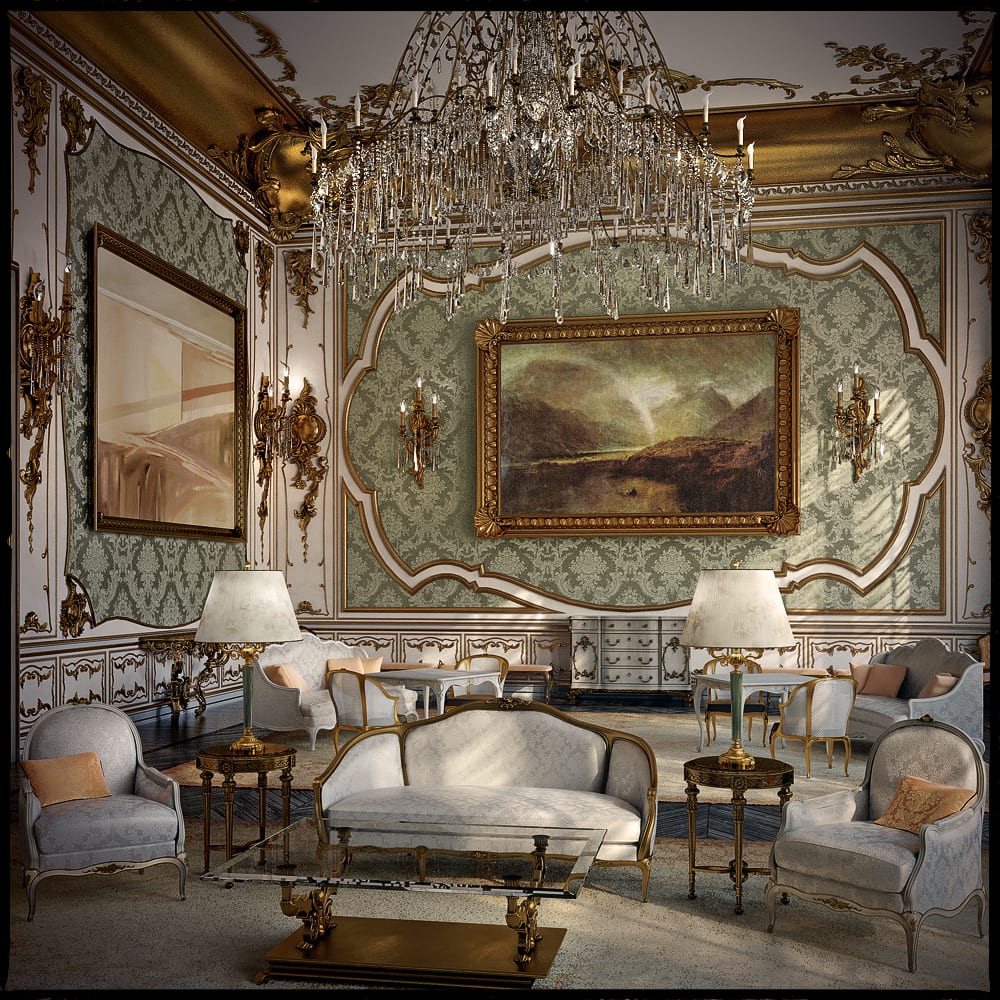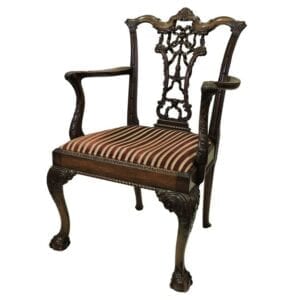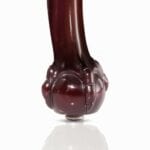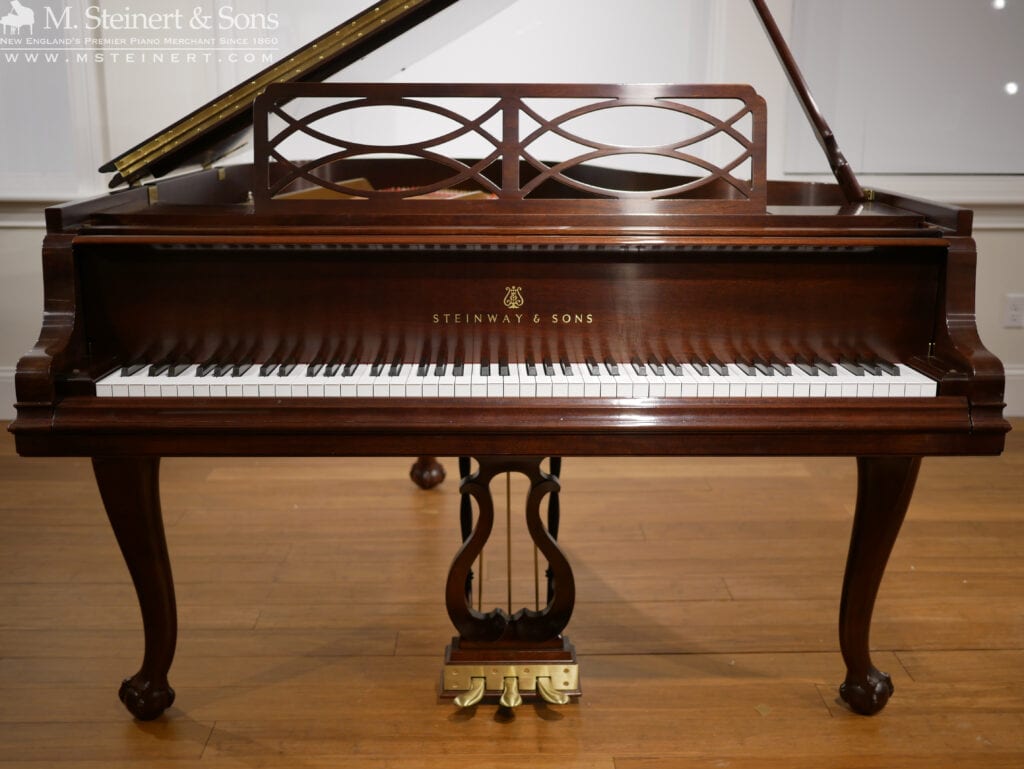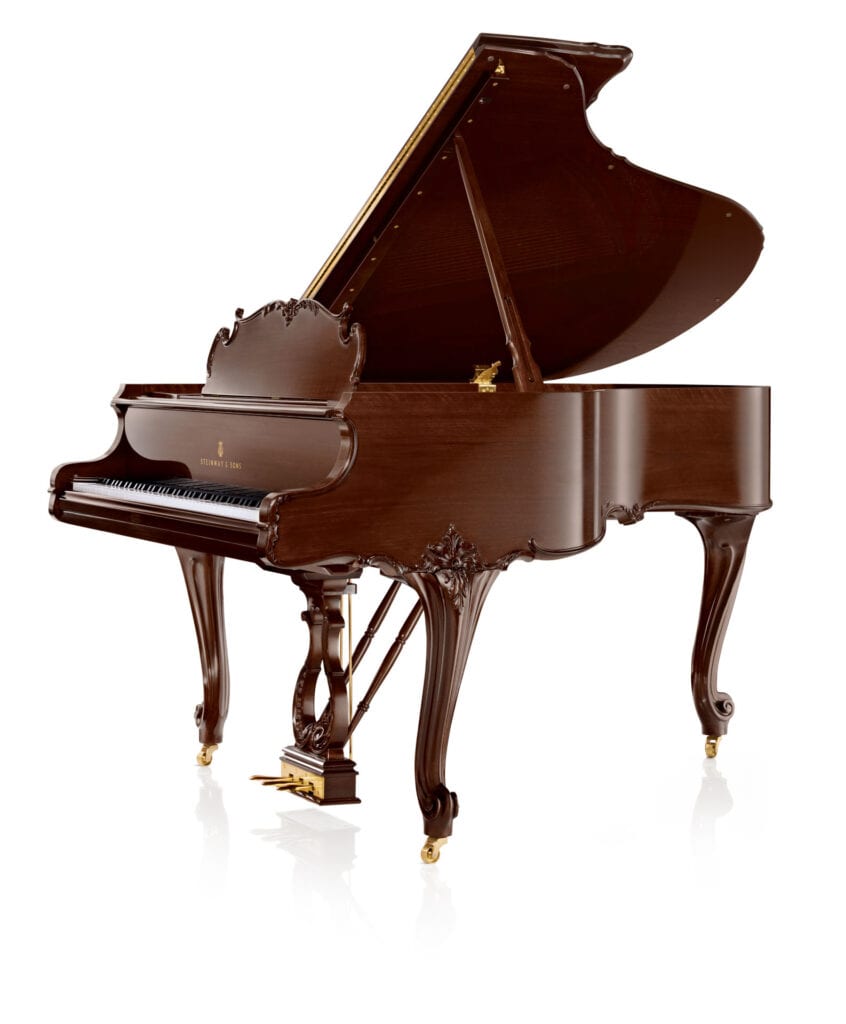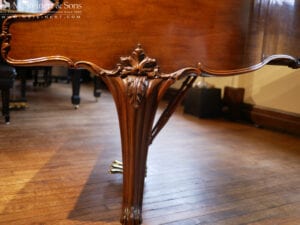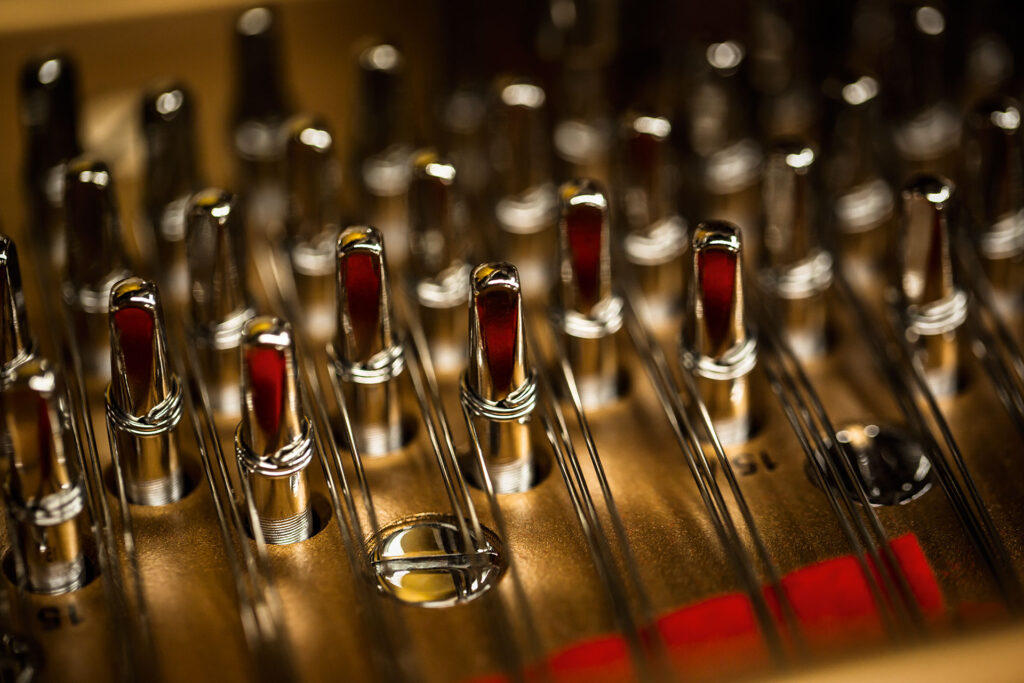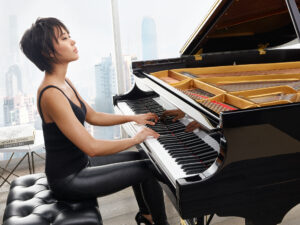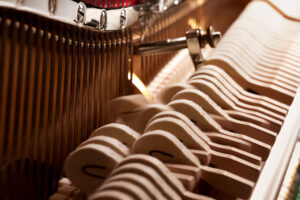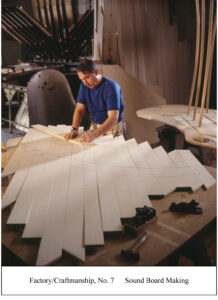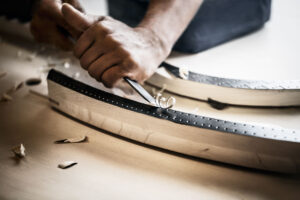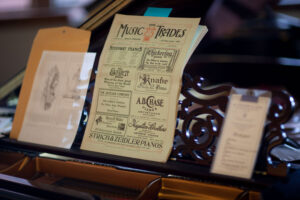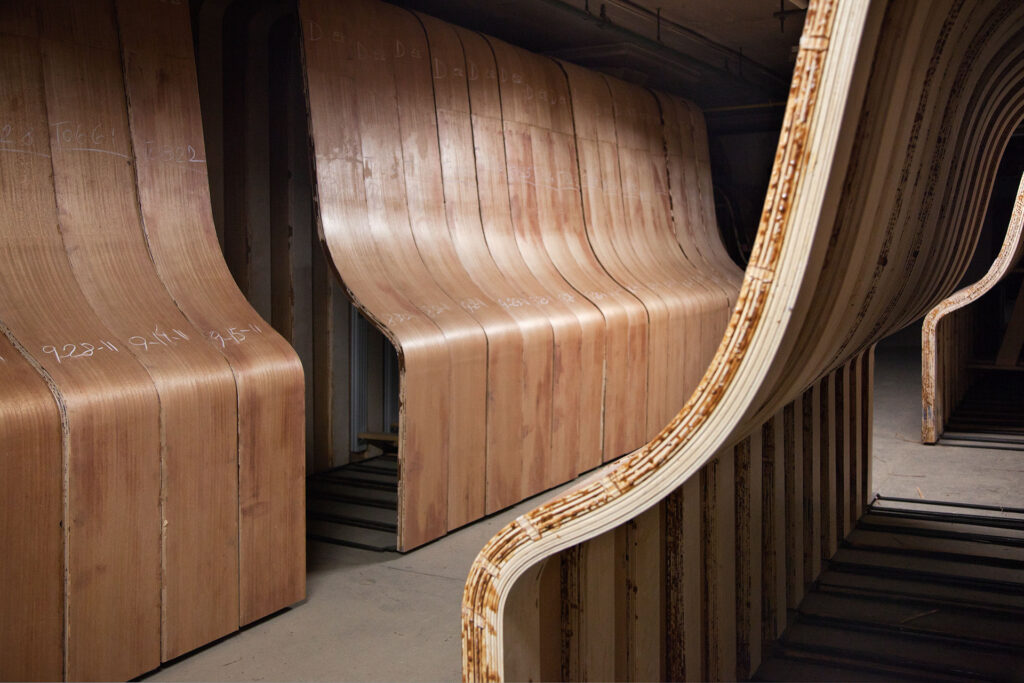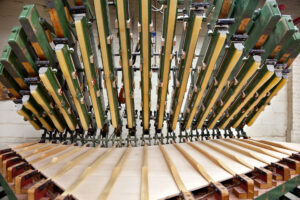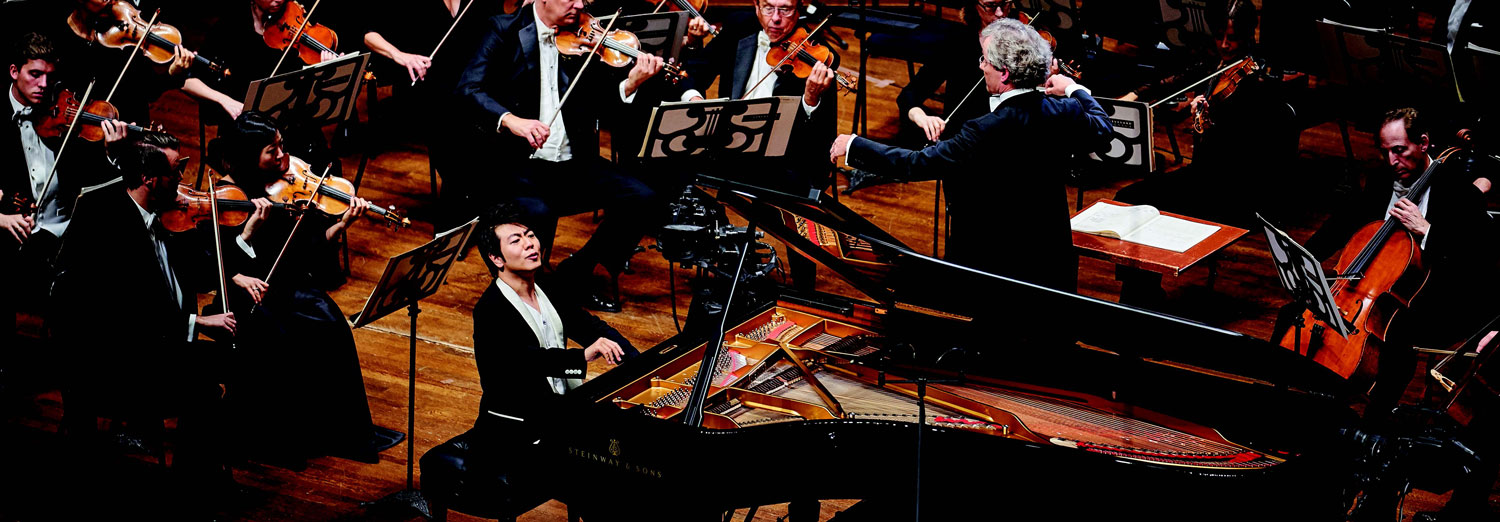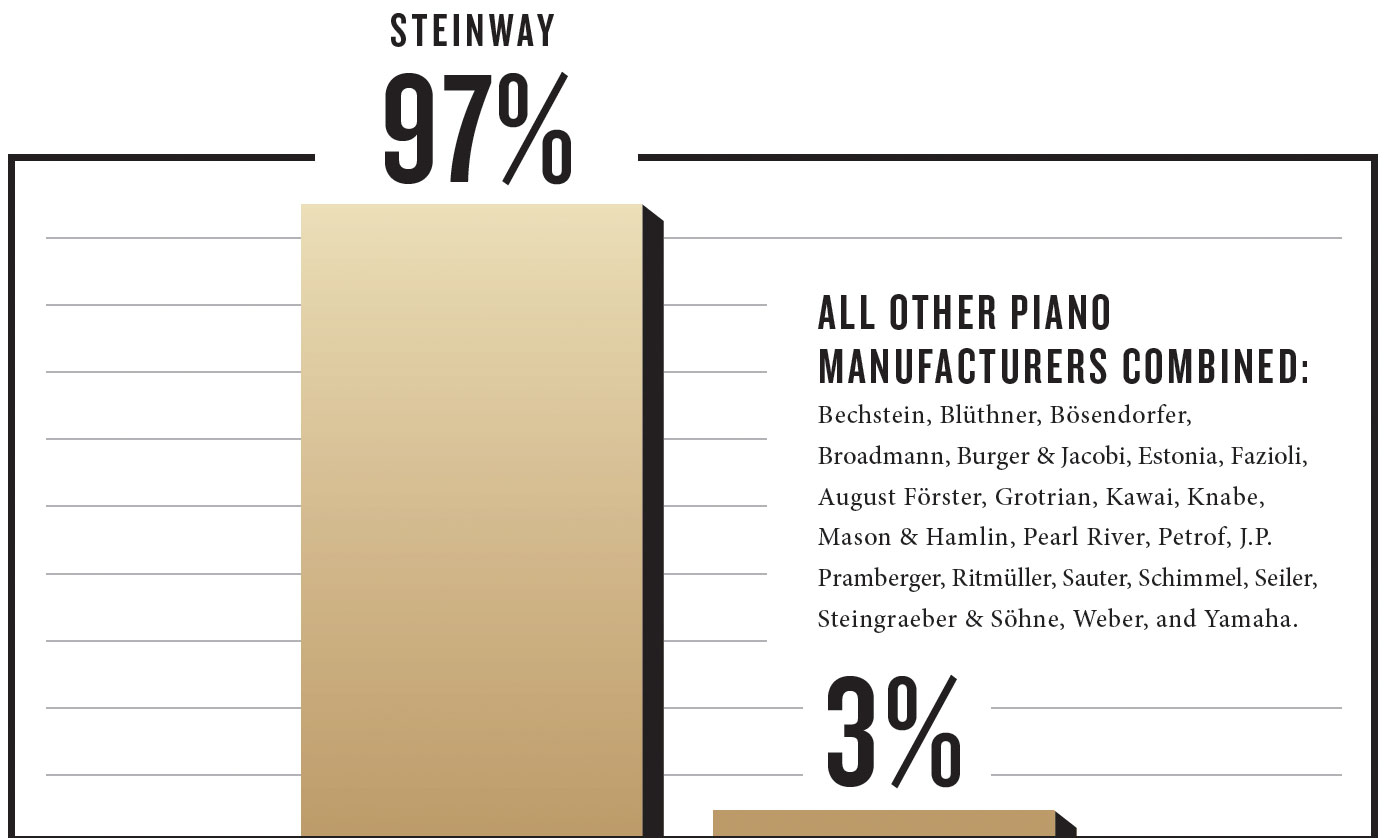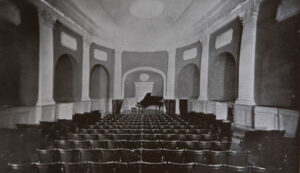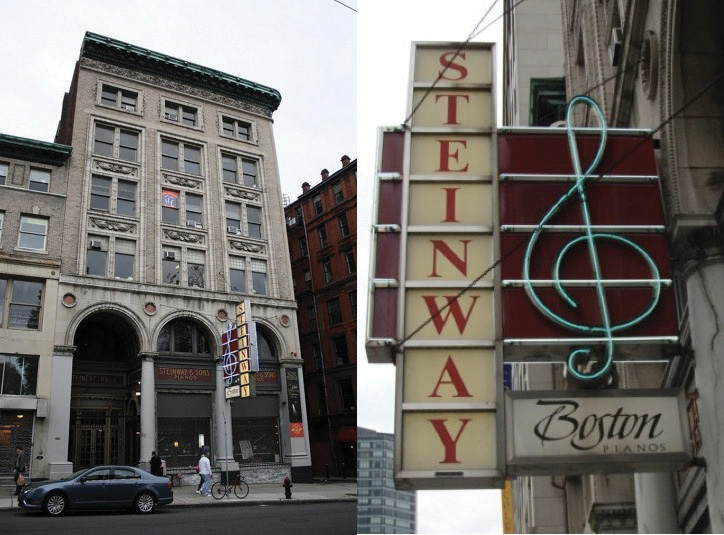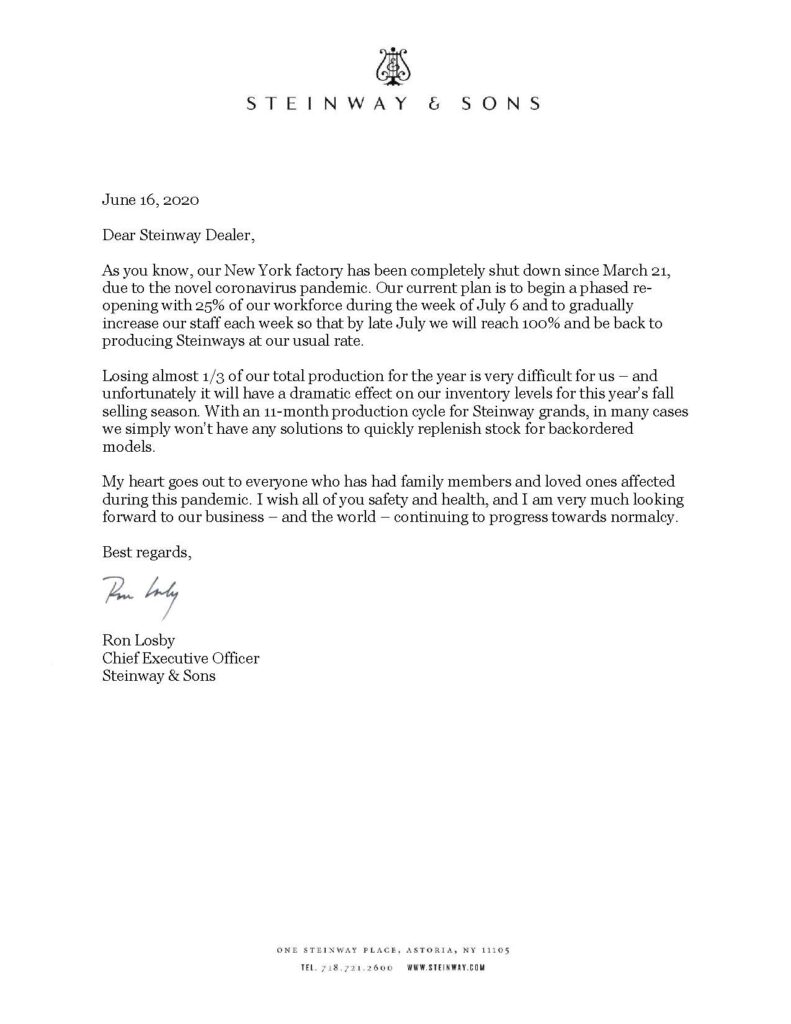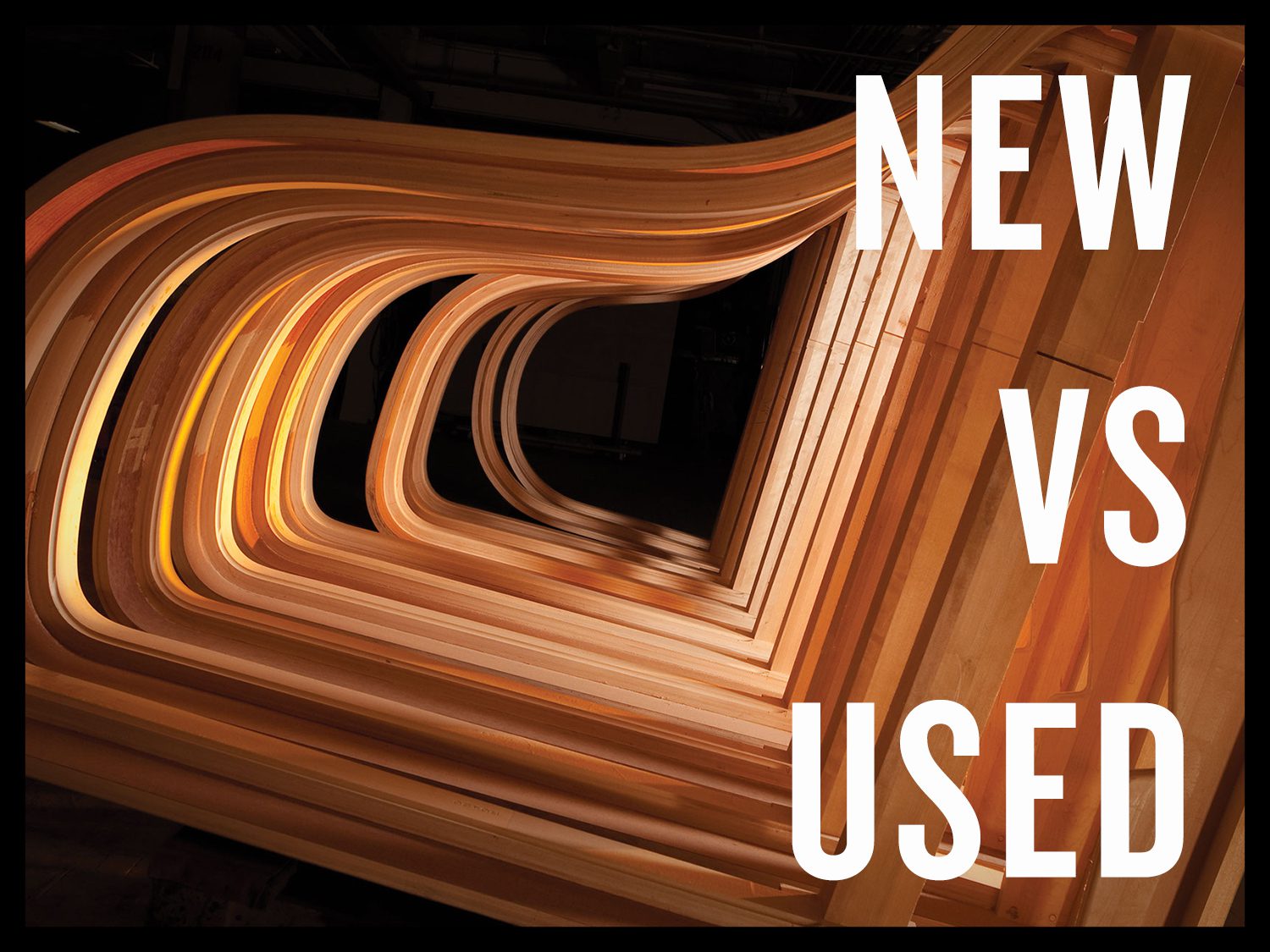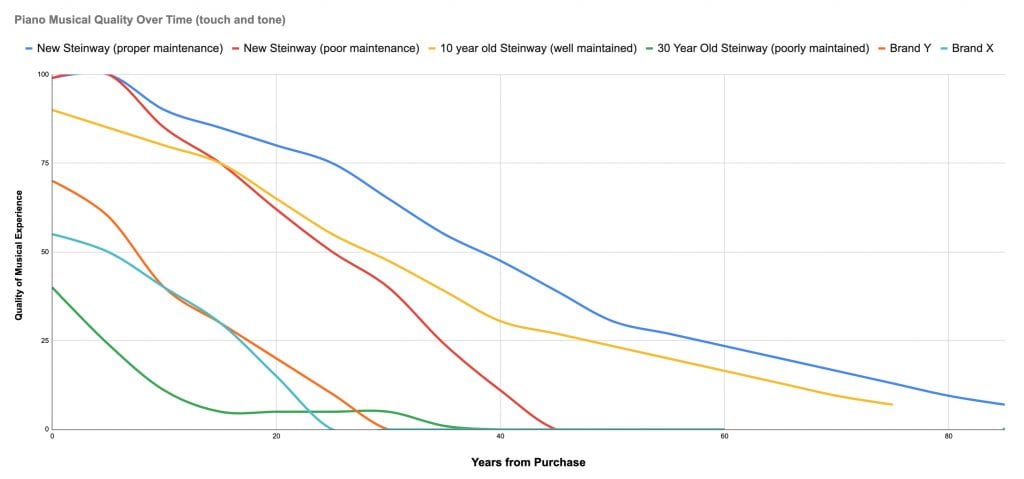What is a Steinway C&A piano?
Enjoy the mystique but buy them for their value
by Stephen N. Reed
Before the Beatles, America experienced Paderewski

The Concert & Artist (C&A) piano department was one of the first at M. Steinert & Sons. The tradition of offering such pianos—lightly used and played by Steinway Artists in concert halls and other venues—began at least as far back as 1892.
That’s the year that Steinway & Sons sponsored a national 75-city U.S. railway tour by Ignacy Jan Paderewski, the famous pianist, composer, and, in later years, Poland’s prime minister.
Paderewski connected with the public through both his piano playing and his magnetic personality. He was the perfect star for Steinway & Sons to elevate further. As the original Steinway Artist, Paderewski was one of the first sponsored music acts in America.
He was also a precursor to the fame today reserved for rock stars. During his U.S. tour, Paderewski became a mass-marketing wonder. He inspired ad campaigns for candy, shampoos, soaps, and party treats.
Children identified with him through a windup toy showing a little Paderewski pounding away passionately at his tiny piano. “Paddymania” even saw ladies in New York embroidering some of Paderewski’s “Minuet” on their stockings.
Steinway’s unique C&A program came into being after the success of Paderewski’s American tour. As more Steinways were used by famous performing artists, regional Steinway dealers were given the opportunity to sell them, with the condition that they also maintain some select, new concert grands for the use of other Steinway Artists to follow. 130 years later, that tradition remains.
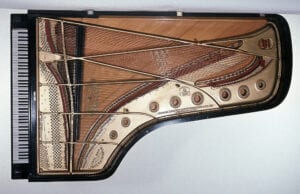
Steinway C&A grand pianos: Their underlying value
Steinway dealers are expected to keep a bank of well-prepped Steinway C&A concert grands available in case a Steinway Artist comes to town and needs one. International and local artists count on Steinway dealers like M. Steinert & Sons to provide concert ready instruments and technical services for their performances.
To this day, no rental fee is charged for any visiting Steinway Artist.
This program is one of the great benefits of being a Steinway Artist. Without this program, a performer would be at the mercy of whatever piano was offered to them.
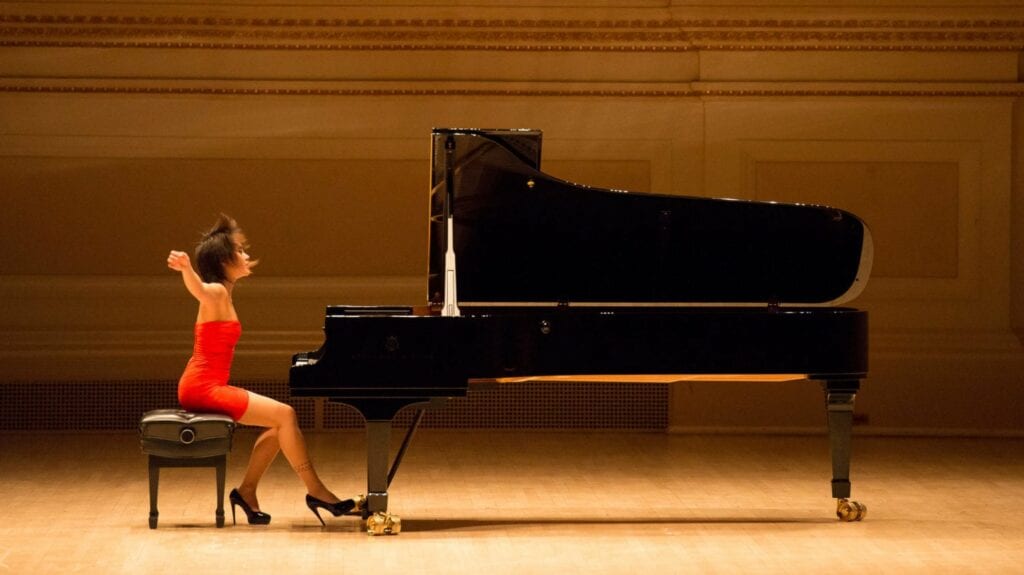
Meanwhile, a Steinway dealer, like M. Steinert & Sons, can still sell such lightly used Model B and D grands, replacing them as they are sold to the public, as long as they keep some well-prepped Model B and D concert grands at the ready.
“All Steinways are exceptional instruments, but these C&A pianos are among the best,” says M. Steinert & Sons President Brendan Murphy.
“So yes, there’s a certain mystique as to who’s played them,” explains Murphy. “For example, the story is told of how Vladimir Horowitz and Sergei Rachmaninoff, both Steinway Artists, met by accident in New York City’s Steinway Hall. Both had keys to practice on Steinways there.”
However, Murphy is emphatic that the underlying value to a C&A piano is that the buyer is getting a Steinway grand piano that was considered worthy of a top pianist’s performance.
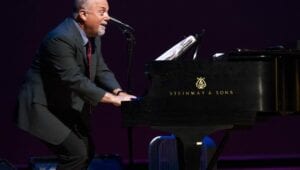
“Steinways account for at least 97% on concert stages today; the other piano companies are vying for that other 3%,” noted Murphy. “Today’s rising stars prefer Steinways because they get the best music out of the performers. Plus, they want the newest, best Steinways out there, so that means we’re always renewing our stock with the latest versions. There are no active C&A pianos over ten years old.”
Today, over 1,600 professional pianists carry the distinction of being Steinway Artists. Each of them owns a Steinway, and all of them choose to perform only on Steinways.
None are paid to do so. According to Murphy, these professional pianists play exclusively on Steinway pianos because they prefer their sound and responsiveness.
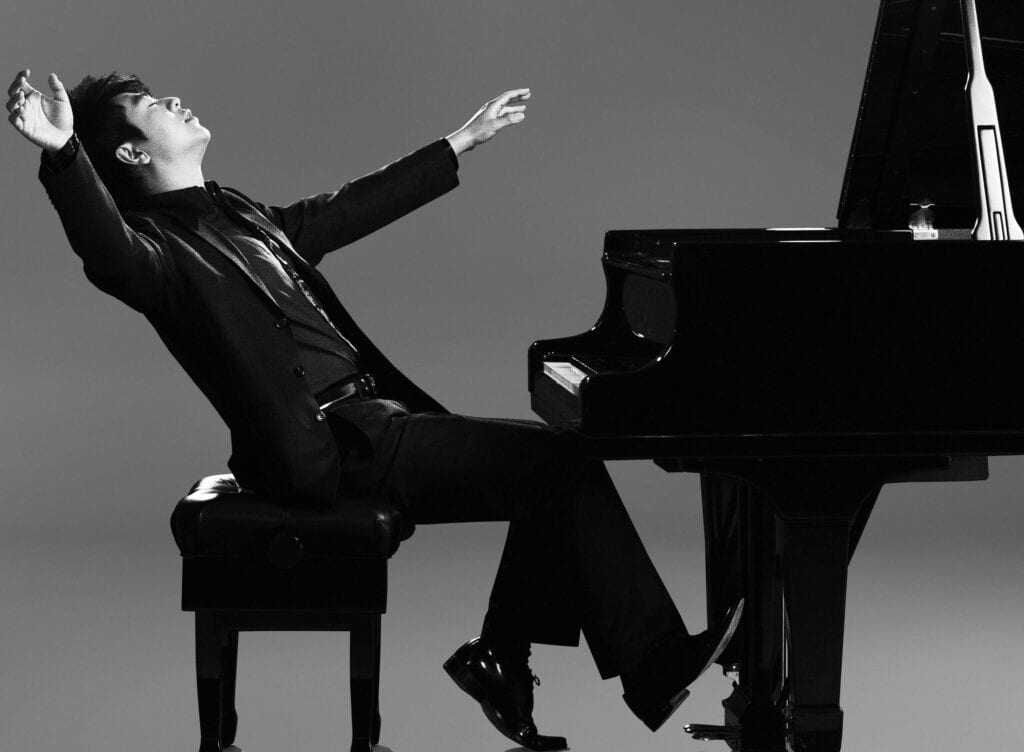
A Rhode Island repeat customer and his C&A Model D grand
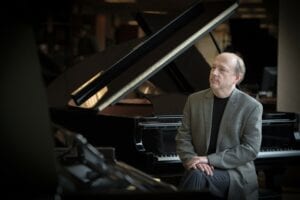
Wilmington, Delaware native Craig Maynard discovered that a favorite Boston-area pianist, Grammy-nominated Marc-Andre Hamelin, has played his C&A Model D. Maynard is retired from the California tech industry. Now he offers chamber music concerts in his home in Southern Rhode Island.
Maynard’s Core Memory Music concerts (www.corememorymusic.com) allow rising musicians a place to perform in an intimate setting of about 40 people. “Chamber music is more social than other performances,” explains Maynard. “You get to meet with other guests, as well as with the musicians.”
Earlier in Maynard’s life, he played the flute seriously and enjoyed his interaction with musicians during that time. However, his musical interests were put mostly on hold during his tech career.
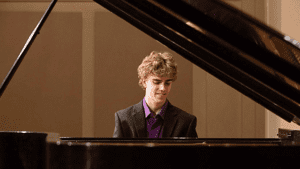
He decided that he wanted to give music lovers in Rhode Island a place to go once the well-regarded, annual Kingston Chamber Music Festival ended each summer. That required a suitable grand piano.
“I purchased my Model B Festival piano from M. Steinert & Sons and loved its sound,” said Maynard. “I was able to find out through Steinway that it was played at Tanglewood after it was built in 2014. Steinway retained ownership of it until 2016, at which point it was sold to M. Steinert & Sons. I bought it soon thereafter.”
After those two years, Maynard started thinking about trading in his Model B, at 7 feet, for a C&A Model D, at 9 feet. “I loved the Model B,” said Maynard. “However, because of the M. Steinert & Sons trade-in policy, I was able to get the Model D, which has been a whole new experience. It’s the dynamism of the range. Not only can the pianist play it louder but also much softer when need be.”
Maynard doesn’t play the piano, but he now appreciates just how unique each Steinway is, not just in different models but also individual pianos of the same model.
A few months ago, a piano technician from M. Steinert & Sons came to Maynard’s home to tune his C&A Model D. “He played a few chords, but mostly just single notes, explains Maynard. “As I listened, I remembered why I decided I wanted this magnificent instrument. The difference between the Model D and my previous piano, a Model B, is like the difference between a total solar eclipse and a partial eclipse. It’s that dramatic.”
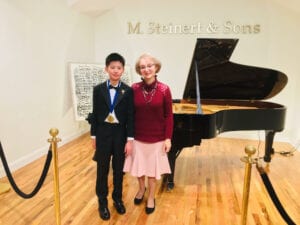
The community benefits from M. Steinert and Son’s C&A grands
Meanwhile, the local community is getting a significant benefit from these C&A concert grands, as well. Not only are they made available to certain local artists, they are also offered by M. Steinert & Sons to select, local music educators who want their piano students to have the empowering experience of playing a Steinway concert grand at their recitals.
So whether your C&A concert grand was played by Yuja Wang, Billy Joel, or Lang Lang, remember that you share with them an exceptional musical instrument that helps you bring out your own inner Steinway Artist.


